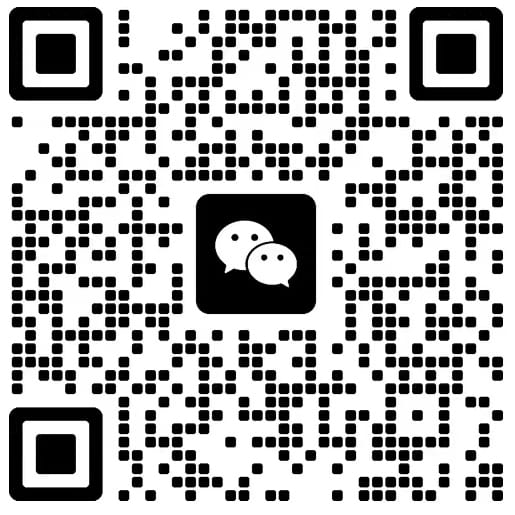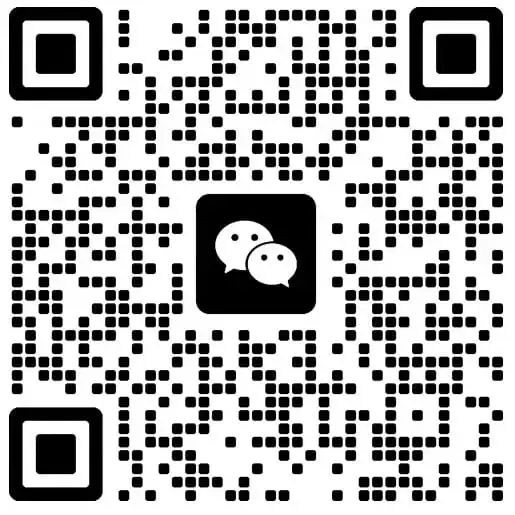If you’re shipping tech products, software, or high-end equipment from the United States, you’ll likely encounter an ECCN number. Understanding how to find your ECCN code and whether your product needs one is essential for staying compliant. Let’s break it down in today’s article.
What is an ECCN Number?
ECCN, short for Export Control Classification Number, is a five-character alphanumeric code used by the U.S. Department of Commerce. It is used to classify items listed on the Commerce Control List (CCL).
These items include dual-use goods with both civilian and military applications, like advanced electronics, encryption software, or aerospace components.
What is the purpose of an ECCN code?
The ECCN code categorizes items based on their technical characteristics, such as performance thresholds, functions, or intended use. This classification determines:
- Whether the item faces export controls
- If it needs a license
- And to which destinations it can legally ship
For example, a high-frequency signal generator used in commercial telecom might fall under ECCN 3A002. However, a similar product with added military-grade features could trigger tighter controls.
ECCN vs. EAR99: What's the difference?
While both fall under the Export Administration Regulations (EAR), ECCN and EAR99 represent two very different classifications.
What is EAR99?
EAR99 is a catch-all classification for items not listed on the Commerce Control List. These are typically low-tech, commercial-grade goods, such as basic clothing, household items, or non-sensitive components.
If your product is classified as EAR99, it usually doesn’t require an export license unless one of the following applies:
- You’re shipping to sanctioned or embargoed countries like North Korea or Iran.
- The recipient is a restricted entity or individual.
- The product serves a prohibited end-use. (e.g., nuclear weapons development)
In short, EAR99 acts as the “green lane” for U.S. exports. It’s faster and simpler, but not without restrictions.
What about the ECCN number?
An Export Control Classification Number applies to more sensitive, strategic, or high-tech products. Products like semiconductors, aerospace components, or encrypted software often fall under specific ECCN codes.
For instance, a commercial drone equipped with military-grade GPS might carry ECCN 9A012. But a simple recreational drone might be EAR99.
ECCN vs. EAR99 at a Glance:
| Feature | ECCN Code | EAR99 |
|---|---|---|
| On the Commerce Control List (CCL)? | ✅ Yes | ❌ No |
| License required? | Often, depending on destination/use | Rarely, unless red flags apply |
| Item type | Sensitive/Dual-use/High-tech | Low-risk commercial goods |
| Lookup needed? | ✅ Yes, via BIS or CCATS | ✅ Confirm it's not on the CCL |
Understanding the ECCN code structure: How to read it
Each ECCN code has five characters:
- The first digit refers to the CCL category, which covers the item’s broad technical field.
- The second character, a letter (A–E), identifies the product group, such as hardware, software, materials, or tech.
- The final three digits specify the item’s technical parameters and level of control.
Let’s take a closer look:
These categories define the general area of technology:
0 – Nuclear Materials, Facilities, and Equipment
1 – Materials, Chemicals, Microorganisms, and Toxins
2 – Materials Processing
3 – Electronics
4 – Computers
5 – Telecommunications & Information Security
6 – Sensors and Lasers
7 – Navigation and Avionics
8 – Marine Technology
9 – Aerospace and Propulsion Systems
Each item is further classified by type:
A – Systems, Equipment, and Components
B – Test, Inspection, and Production Equipment
C – Materials
D – Software
E – Technology (technical data, know-how)
Example: What does ECCN 5A002 mean?
Let’s say you’re exporting a piece of encrypted networking hardware classified as ECCN 5A002:
- 5 → Telecommunications & Information Security
- A → Equipment
- 002 → Indicates it includes encryption functionality that may require a license
How to find your ECCN Number?
1. Ask the manufacturer
The fastest way to begin your ECCN number lookup is to contact the product’s original manufacturer or authorized supplier. Many companies include ECCNs on technical datasheets or export documents. Ensure the classification is current, as ECCNs can change when regulations are updated.
2. Self-classify using the CCL
If you’re technically knowledgeable and familiar with the Commerce Control List, self-classification might be an option. Here’s how:
- Step 1: Identify the appropriate CCL category, such as electronics, aerospace, or software.
- Step 2: Determine the relevant product group (e.g., systems, components, materials, or technology).
- Step 3: Compare your product’s technical features with the ECCN descriptions listed under that group.
3. Submit a classification request to BIS
When in doubt, you can request an official classification from the Bureau of Industry and Security (BIS). It is done through the Commodity Classification Automated Tracking System (CCATS).
To file, you’ll need:
- A valid Company Identification Number (CIN)
- Detailed technical information about your product
- With a bit of patience, BIS responses usually take several weeks
You can submit up to six items per request, though the BIS allows exceptions if the items are closely related (like variations of the same model).
How Airsupply can help with your U.S. shipments
As a global freight forwarder with deep expertise in U.S. customs compliance, Airsupply (ASLG) helps you ship cargo legally, smoothly, and with confidence.
Whether you’re importing electronics or software from overseas, ASLG can:
- Verify ECCN codes or EAR99 status at the origin before the shipment leaves
- Prevent customs holds by ensuring your paperwork matches BIS and CBP expectations
- Assist with HTS/ECCN cross-checks to reduce audit risk
- Real-time updates and proactive communication throughout the shipping process
FAQs About Export Control Classification Number
1. What if my item doesn't have an ECCN?
If the Commerce Control List does not include your product, then it’s probably classified under EAR99. It typically means the item does not require an export license.
2. Can I use the same ECCN for similar products?
Only if they share identical technical specifications. Even if two products appear similar, differences in functionality, encryption level, or intended use can result in different ECCN classifications.
3. Is ECCN the same as HS Code?
Not at all.
- The ECCN code determines whether U.S. export laws require an export license.
- In contrast, customs authorities worldwide use the Harmonized System (HS) code to calculate duties, tariffs, and trade statistics.
One HS code may align with multiple ECCNs, and vice versa, as HS codes describe a product’s identity, while ECCNs focus on its technical function.




